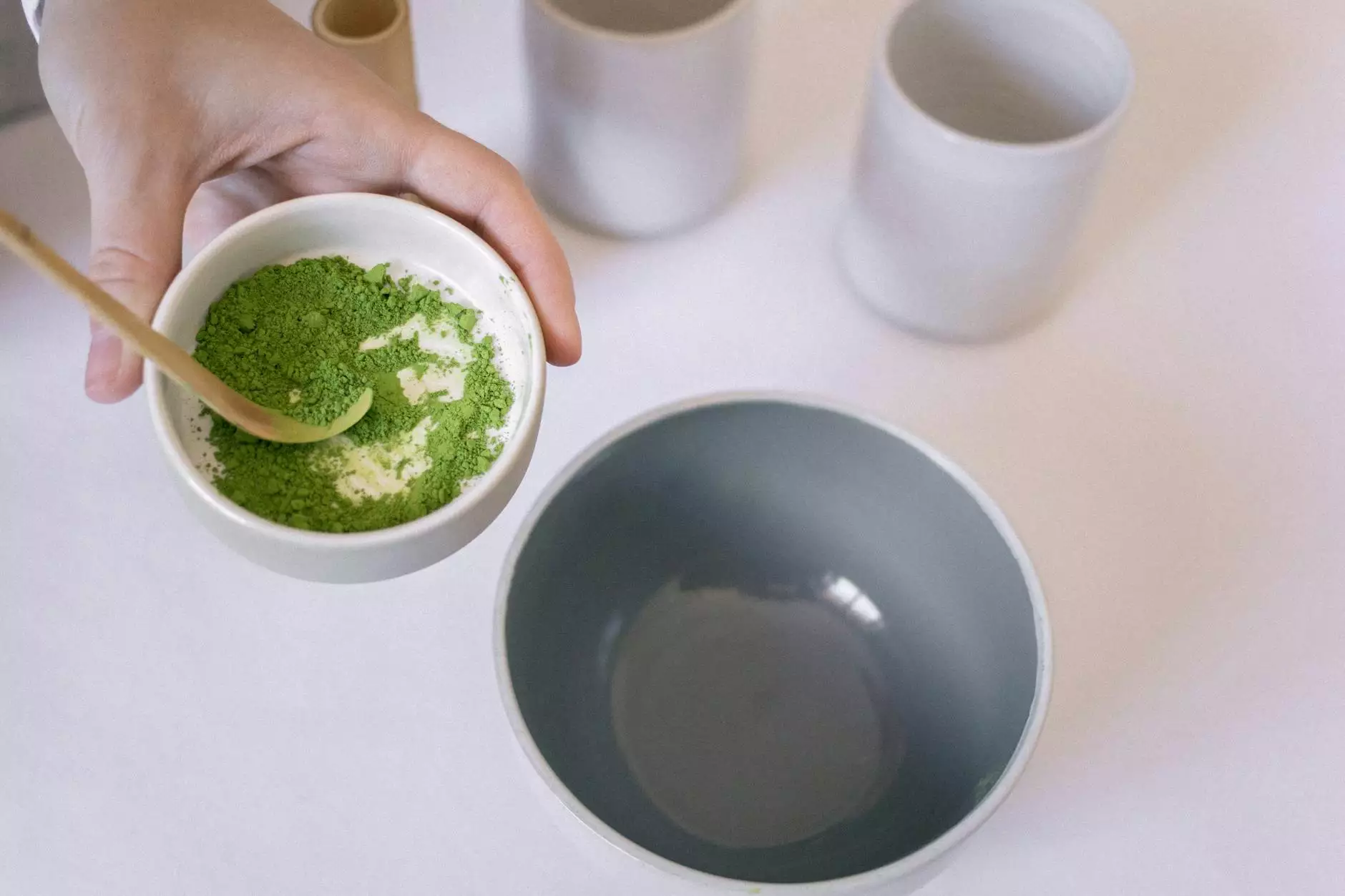Understanding Shoulder Pain When Rotating

Shoulder pain when rotating is a common complaint that affects people of all ages. This type of pain can significantly impact daily activities, sports performance, and overall quality of life. In this article, we will delve into the various causes of shoulder pain when rotating, available treatment options, and preventive measures to maintain shoulder health.
What Causes Shoulder Pain When Rotating?
Shoulder pain during rotational movements can arise from several factors. Here are some of the most common causes:
- Rotator Cuff Injuries: The rotator cuff is a group of muscles and tendons that stabilize the shoulder, and injuries to this area are a leading cause of pain. Tears or inflammation can result from acute injuries or chronic overuse.
- Shoulder Impingement: This occurs when the space between the acromion (the top of the shoulder) and the rotator cuff becomes too narrow, leading to pain when the arm is lifted or rotated.
- Tendinitis: Inflammation of the shoulder tendons, often caused by repetitive overhead activities, can lead to pain during rotation.
- Bursitis: This condition involves inflammation of the bursa, a small fluid-filled sac that helps reduce friction between the shoulder bones and soft tissues during movement.
- Frozen Shoulder: Also known as adhesive capsulitis, this condition limits shoulder movement and can cause significant pain, particularly during rotation.
- Arthritis: Osteoarthritis or rheumatoid arthritis can affect the shoulder joint, leading to pain and stiffness during rotational movements.
Symptoms of Shoulder Pain When Rotating
The symptoms associated with shoulder pain when rotating can vary based on the underlying cause. Common symptoms include:
- Localized Pain: Pain may be felt directly over the shoulder joint or radiate to other areas, such as the upper arm.
- Reduced Range of Motion: Difficulty in rotating the shoulder or lifting the arm can indicate underlying issues.
- Weakness: Muscle weakness in the shoulder or arm can be a sign of rotator cuff injuries or tendinitis.
- Swelling and Tenderness: Inflammation in the shoulder may cause visible swelling and tenderness upon touch.
- Popping or Cracking Sounds: Noises during shoulder movement may indicate problems with the rotator cuff or other structural issues.
Diagnosis of Shoulder Pain When Rotating
Diagnosing the exact cause of shoulder pain when rotating typically involves several steps:
- Medical History: A healthcare provider will begin by discussing symptoms, duration, and possible injuries.
- Physical Examination: The doctor may assess the shoulder for tenderness, swelling, and range of motion.
- Imaging Tests: X-rays, MRIs, or ultrasounds may be ordered to visualize the shoulder structures and identify any issues.
Treatment Options for Shoulder Pain When Rotating
Once a diagnosis is made, a tailored treatment plan can be created. Here are some effective treatment options:
1. Rest and Ice
Giving the shoulder time to heal is crucial. Applying ice packs can help reduce swelling and numb pain.
2. Physical Therapy
Engaging in a structured physical therapy program can improve strength, flexibility, and range of motion in the shoulder. A physical therapist will design specific exercises targeting the rotator cuff and shoulder stabilizers.
3. Medications
Non-steroidal anti-inflammatory drugs (NSAIDs) like ibuprofen can alleviate pain and reduce inflammation. In some cases, corticosteroid injections may be recommended for severe inflammation.
4. Surgery
If conservative treatments fail to resolve the issue, surgical interventions may be considered. Common surgeries include rotator cuff repair, shoulder arthroscopy, or joint replacement procedures.
Preventive Measures for Shoulder Health
Taking proactive steps can prevent the onset of shoulder pain when rotating. Here are some effective strategies to maintain shoulder health:
- Strength Training: Incorporating exercises that strengthen shoulder muscles helps provide better support and stability.
- Stretching Exercises: Regular stretching improves flexibility and reduces the risk of injuries.
- Avoid Repetitive Movements: If your job or hobbies involve repetitive shoulder movements, take regular breaks and practice proper techniques.
- Proper Posture: Maintaining good posture while sitting, standing, or working can prevent undue strain on the shoulders.
- Warm-Up Before Activities: Always warm up before participating in sports or strenuous activities to prepare the muscles and joints.
When to Seek Professional Help
It’s essential to recognize when shoulder pain may require professional intervention. If you experience any of the following, seek medical advice:
- Pain that persists for more than a few days.
- Severe pain that interferes with daily activities.
- Signs of infection such as fever or redness around the joint.
- Inability to move the shoulder effectively.
- Shoulder pain following a traumatic injury.
Conclusion
Understanding the complexities of shoulder pain when rotating can empower individuals to take charge of their shoulder health. Whether through targeted treatments, preventive measures, or professional help, relief from shoulder pain is attainable. If you or someone you know is struggling with shoulder pain, consider reaching out to a healthcare provider for guidance.
For more information and resources on shoulder pain and other health-related topics, visit IAOM where expert advice and educational resources await you.









